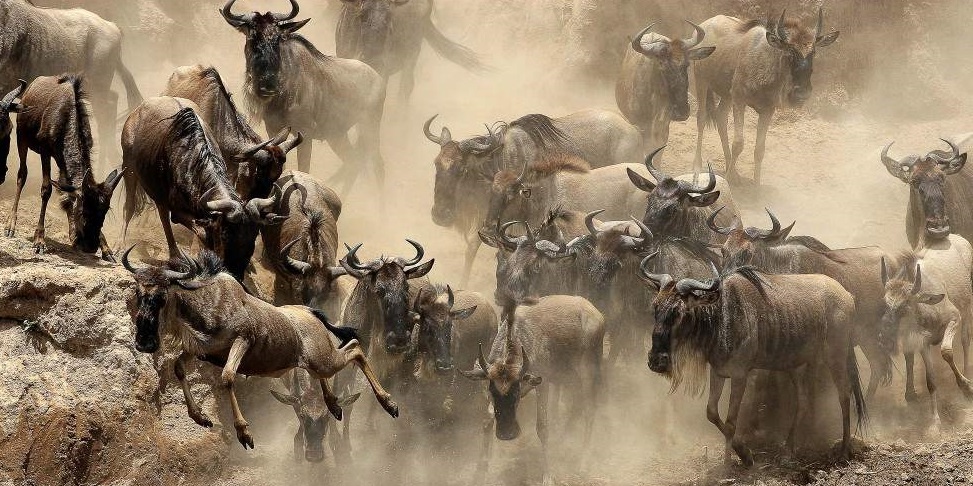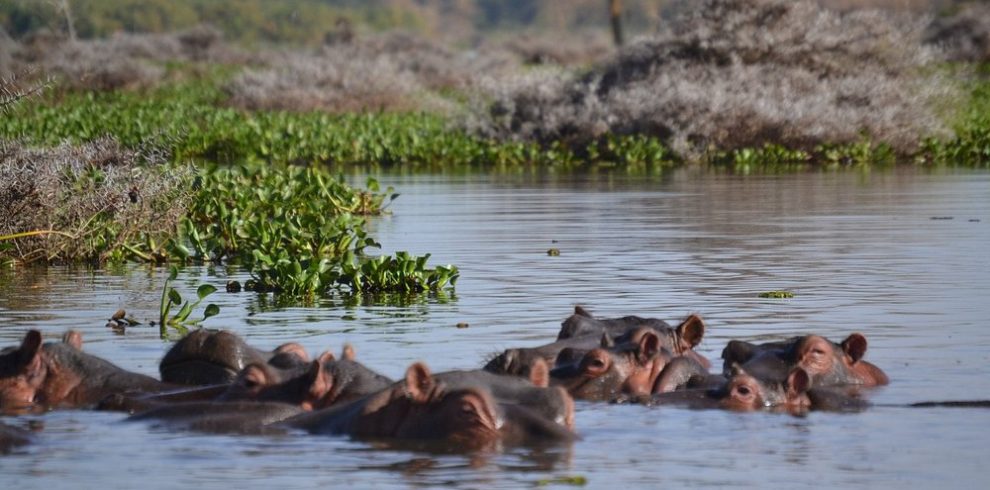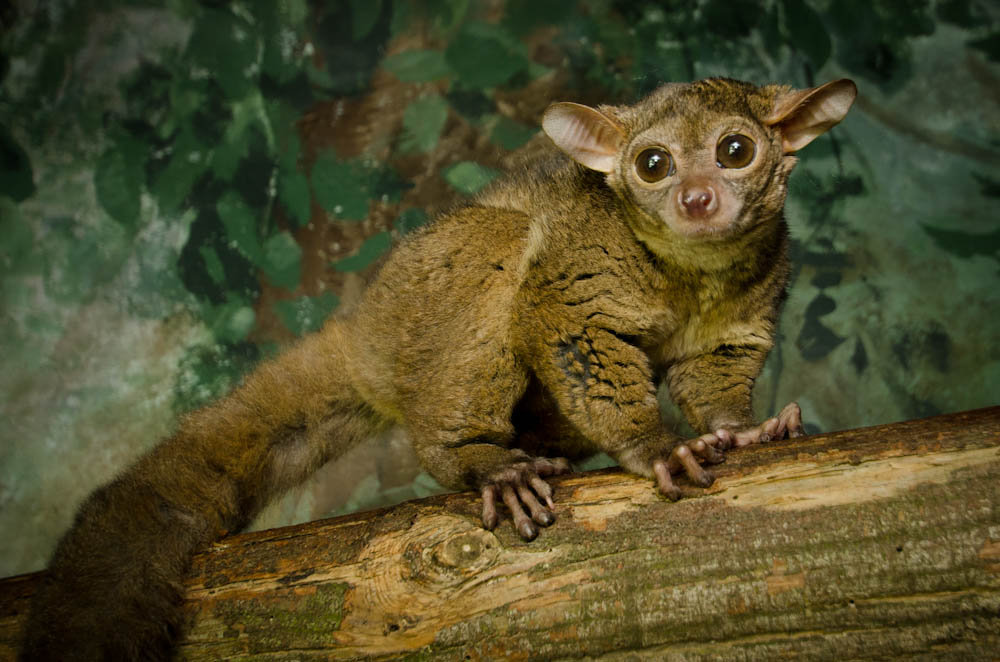
Bushbabies, also known as galagos, are small, nocturnal primates native to sub-Saharan Africa. Although these mysterious creatures may be considered a bit elusive, they do seem to captivate the interest of the wildlife lovers and researchers alike. Bushbabies belong to the family Galagidae and are characterized by their large eyes, elongated limbs, and remarkable jumping abilities. Classified as agile and with distinct manners, many are in the dark about these primates. In this article, we will explore 5 fascinating facts about the Bushbabies that highlight their remarkable adaptations, lifestyle, and ecological significance.
1. Bushbabies Are Remarkably Agile Jumpers
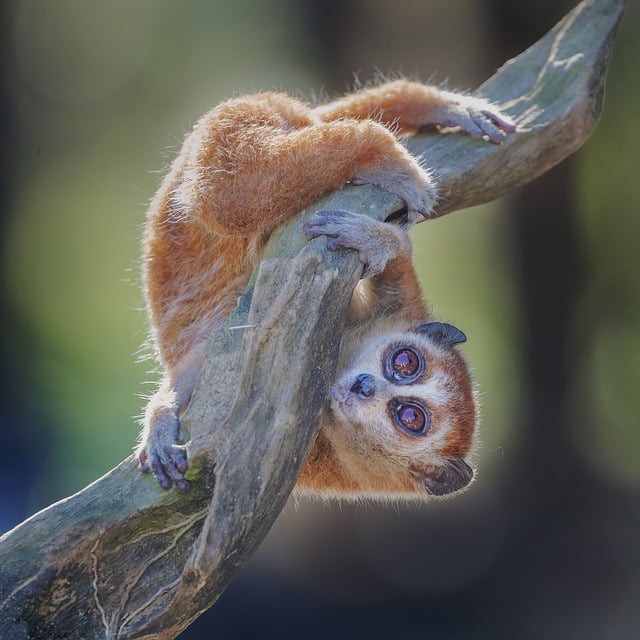
One of the most captivating facts about the Bushbabies is their extraordinary jumping ability. These small primates are acrobats, and are among the best and outstanding jumpers in the animal kingdom in comparison to their size. Their strong hind limbs in combination with a special skeletal design allow them to make jumps of 20 feet (approximately 6 meters) in a single step and to reach a vertical leap of more than 10 feet (3 meters) at a time.
Adaptations Specific to jumping Bushbabies have specialized anatomical features that make their jumping abilities so impressive. They have long powerful hind legs, far more advanced than the forelimbs, and this gives them the strength to leap explosively. They also have an extremely adapted set of feet that are designed to allow them to grab onto tree branch letting them grip surfaces during their jumping between trees. Their tail also helps them to balance when they are floating in the open air or on tree branches.
Leaping Through Trees In the wild, Bushbabies primarily live in forested areas and woodlands, where they rely on their jumping skills to move between trees and escape from predators. Their jumping powers not only assist them to traverse through their arboreal ecosystems, but are also handy in evading terrestrial predators as snakes or bigger meat-eaters. Bushbabies typically leap from tree to tree at night when they are most active, and their incredible agility makes them difficult for predators to catch. Yet their great leaps are not unseemly.
Bushbabies are vulnerable to injury if they miss a jump or land awkwardly, which makes their acrobatic feats all the more impressive. However, their well built muscular frame and acute senses enable them to make such risky moves with excellent accuracy.
2. Bushbabies Are Nocturnal and Have Excellent Night Vision
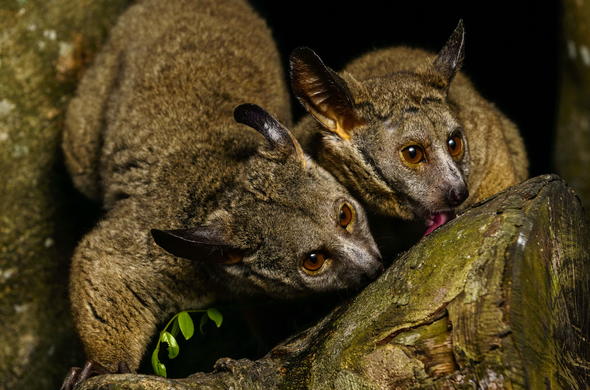
Another fascinating fact about the Bushbabies is their nocturnal lifestyle. Bushbabies are primarily active during the night, and their large eyes are specifically adapted for low-light conditions. Their eyes are very big compared to their size, enabling it to see quite well in the dark and notice the slightest movement in the surroundings.
Night Vision Adaptations Bushbaby has big eyes with large concentration of rods cells specialized in dim lights. These cells enable them to capture even slight movement even at night when they are in search of food or transferring between trees. Their eyes are also highly reflective which enables them to boost existing light, and this serves to further allow them to see in dim situations. Additionally, Bushbabies’ eyes are forward-facing, providing them with excellent depth perception. This plays a vital role in their accuracy in jumping between tree branches as well as orientation in their night habitat.
Although their large eyes enable them to see in the dark, their color range of vision is also less prevalent when compared with day animals. Playing in Darkness Bushbabies rely heavily on their heightened sense of sight to navigate through the dark, dense canopies of trees. They are also able to use their good hearing to hear things in the night, like when leaves rustle or when they see prey moving. Their capacity to utilize sight and sound assists them to be very successful in their foraging and disarms the possible predators.
3. Bushbabies Are Omnivores and Have a Diverse Diet
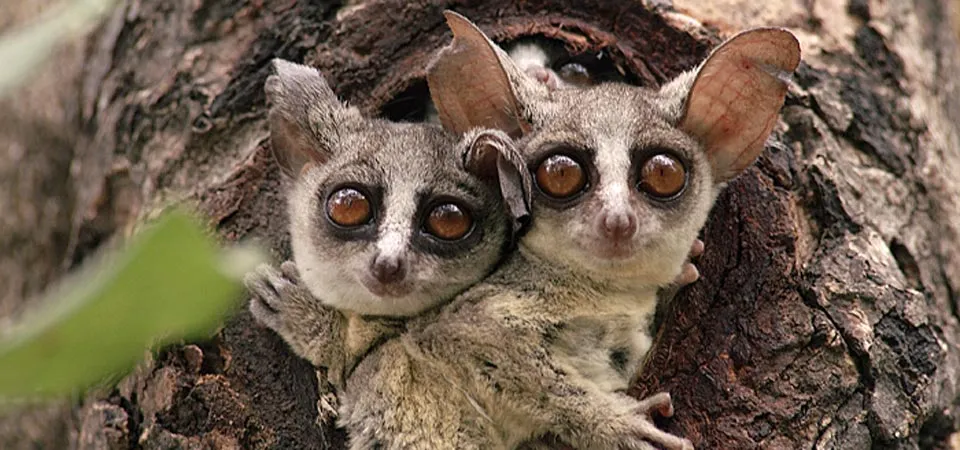
Despite their small size, Bushbabies are opportunistic feeders with a varied diet. They are known as omnivores, i.e. having a broad variety of food sources that they feed upon, including fruits, insects, leaves, and small vertebrates. They feed mostly on what is in their environment and the seasons. Fruits and Insects Insects are the main staple in the diet of the Bushbaby, particularly in the cozier seasons when they readily increase in numbers.
Bushbabies are skilled at catching insects, such as beetles, grasshoppers, and moths, with their agile hands and long fingers. They are also more specialized at preying on flying insects in the dark where their quick reflexes help take them in mid-air. Fruits and tree sap in addition to insects also constitute their diet in significant parts. Bushbabies are known to feed on a variety of fruits, including berries, figs, and other soft, sugary fruits that they find in the trees.
They also sometimes feed on nectars and tree gum which supplements their nutrients. In times of food scarcity, Bushbabies may resort to eating leaves and other plant material. Foraging Behavior Bushbabies are highly skilled foragers and often rely on their incredible agility to reach food sources that other animals might not be able to access. They have long fingers and opposable thumbs that enable them to select and manipulate food, enabling them to be effective in getting their food.
Moreover, they can travel through trees, and thus they have an opportunity to capitalize on an array of food sources that pervade the canopy. The Bushbaby eats a diverse diet which enables them to live in a variety of environments and to cope with any changes. Their beetroot-type omnivorous food habit makes their feeding habit diverse; thus, they are able to survive in a variety of environments whether when hunting insects or gathering fruits.
4. Bushbabies Have a Complex Social Structure
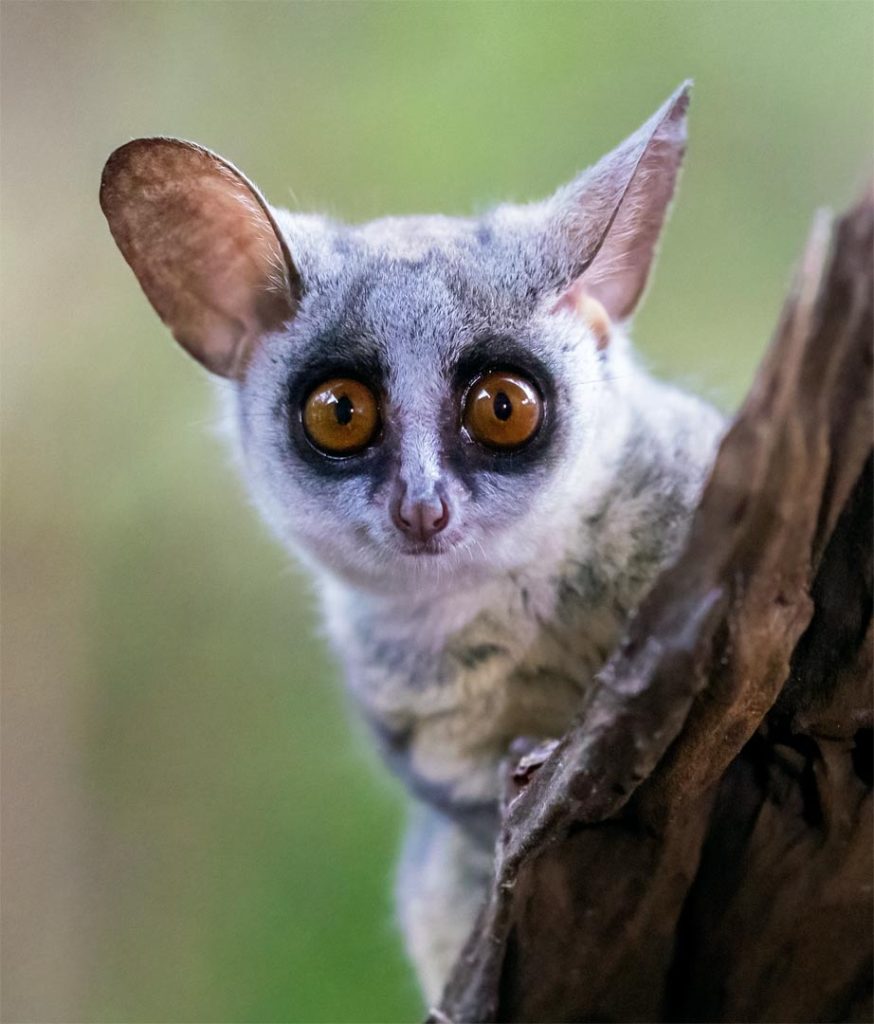
Contrary to the popular image of primates as highly social animals, facts about the Bushbabies reveal that these creatures are typically solitary or live in small family groups. They are not so social as are some of the other primates, baboons or macaques, and their society is less open and does not have as clear of a hierarchy. Solitary Behavior In the wild, Bushbabies tend to live solitary lives, with individuals establishing their own territories.
They use vocalizations, scent-marking, and physical displays to defend their space from other Bushbabies. They are solitary, but not antisocial and there is social behavior between them, particularly during the period of breeding. Males might fight over access to females during the breeding season, where the defender might exhibit some show of aggression or sound. A single female usually rears her offspring alone once a pair has mated. The female bushbaby is very protective of her young and will be very particular in selecting a good nesting place.
Family Bonds Although Bushbabies are not highly social, they do form strong bonds with their offspring. One or two babies at a time are usually raised by a mother and remain by her side several months of development before they are more independent. The young Bushbabies are initially dependent on their mother for food and protection, but as they grow, they begin to learn essential survival skills, such as foraging and jumping. The mother-offspring attachment plays a crucial role in ensuring that the young survives as they get the safety and instructions needed to overcome the challenges of the forest. As they mature, young Bushbabies become more independent and may eventually establish their own territories.
5. Bushbabies Have a Wide Distribution Across Africa

One of the most fascinating facts about the Bushbabies is their wide distribution across sub-Saharan Africa. These primates live in diverse habitats that include tropical rainforests, savannas, and dry woodlands. Their flexibility in adapting to new environments has enabled them to live within various areas of the continent. Distribution and Habitat Bushbabies can be found in countries throughout sub-Saharan Africa, including Angola, Kenya, Tanzania, Uganda, and South Africa.
They are resident in deeply wooded landscapes, including forests, woodlands, and along the shore. While some species of Bushbabies prefer the dense canopies of tropical rainforests, others are more adaptable and can live in drier, open woodlands. On the reason why they prefer to live in wooded environments, it could be because there are many food sources, insects, and fruits, as well as there are trees they can nest and hide.
But they are also able to live in drier areas so long as water and adequate hunting/gathering areas are readily available. Ecological Importance Bushbabies play an important role in their ecosystems by helping to control insect populations and disperse seeds. By feeding they also contribute to the increase of plants accidentally deposituting their droppings about them when seeking food. They are also very vital to their habitat because of their roles in ensuring the balance in the forest ecosystem.
Conclusion
The Bushbaby, an amazingly high-wire act, nocturnal, and social primate, is a fascinating and unfortunately overlooked primate. Facts about the Bushbabies reveal a creature that is finely tuned to its environment, with remarkable adaptations that allow it to survive and thrive in a variety of habitats across Africa. From their impressive jumping abilities to their highly specialized diets, Bushbabies offer a glimpse into the incredible diversity of wildlife found on the African continent. They might be fleeting and hard to see yet the significance of these creatures to their respective ecosystems cannot be denied which makes them a true wonder of creation in the animal kingdom.

